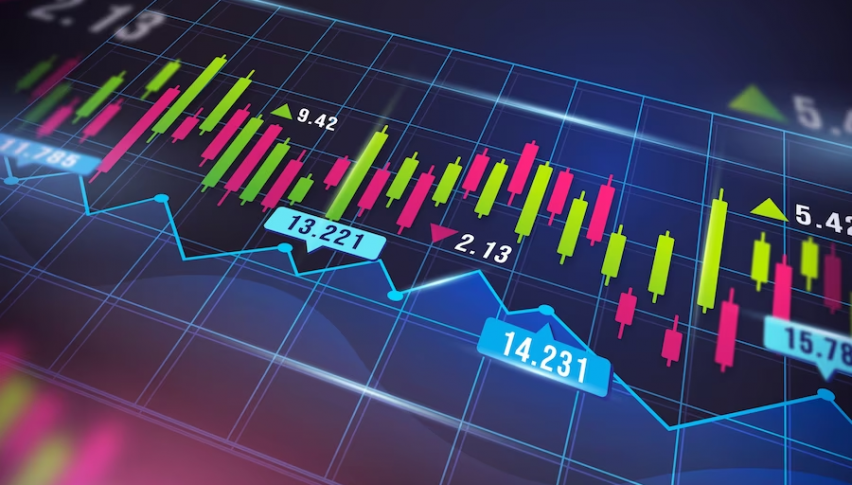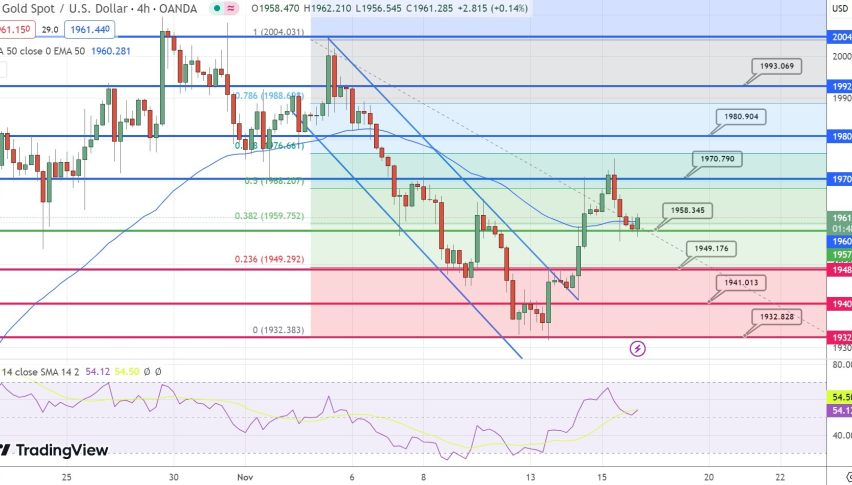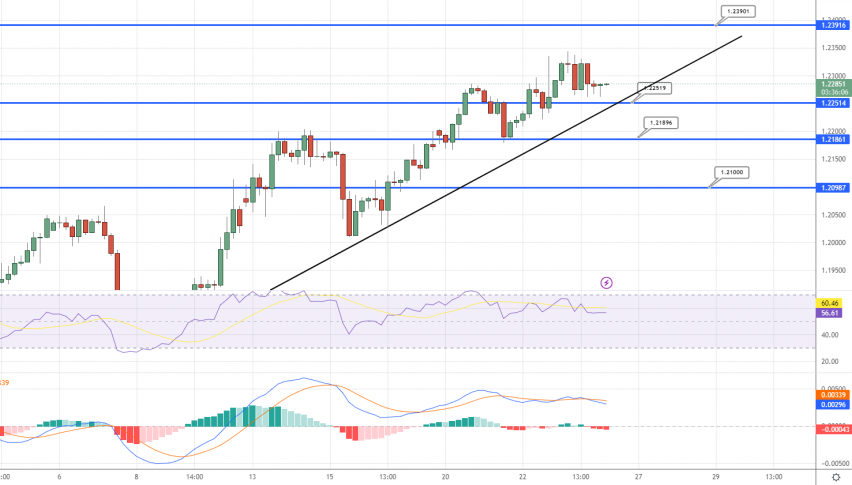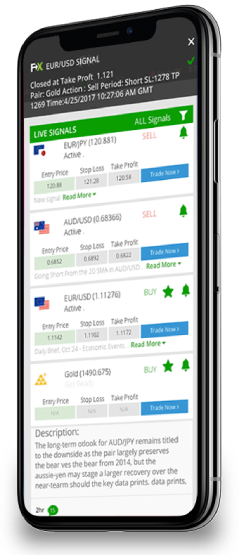
Discover Trading MetaTrader Indicators & Technical Analysis
Since its rise to popularity in the 1970s, forex trading has become a global industry that generates passive income for millions of individuals, with an average of 4 trillion USD traded daily. Its low transaction costs, high liquidity, advanced technology, and little capital required to enter the market make this lucrative but complex economic practice attractive. It’s also available 24 hours a day and is a well-regulated market.
While complex numerical data can be involved in the art of trading and predicting financial trends, trading tools such as MetaTrader 4 and its associated indicators can help increase an aspiring trader’s chances of success.
The importance of technical analysis in trading
One of the skills that successful traders utilize to make stock and forex rates work for them is technical analysis, which involves using analytical data to predict how future prices and values may fluctuate. With the correct technical analysis tools, traders can identify optimal entry and exit points for investment in various global currencies and stocks.
Technical analysis software enhances a trader’s strategy by studying financial charts with mathematical computations known as technical indicators. The trader can adapt most of our modern indicators in advanced technical analysis tools to look for specific price patterns and dynamics, which are then displayed on the financial chart. Various indicators can help to demystify complex data sets and help the trader make a clear decision.
MetaTrader as a trading platform for technical analysis

MetaTrader 4 — or MT4 — is one of the most widely used electronic trading systems currently adding value for global forex traders. After its launch in 2005 by MetaQuotes Software Corporation, it quickly skyrocketed to become the leading platform for foreign exchange trading.
There are several reasons behind its ever-growing popularity. Firstly, it’s considerably more user-friendly and easier to understand than many other platforms of its kind. While forex trading can be complex and data-heavy, MT4’s advanced technical analysis, multiple indicators, and app compatibility make it perfect for both beginner and advanced traders.
Secondly, the versatile platform offers 30 built-in indicators, more than 2000 free custom, and 700 paid custom ones. It also offers 24 analytical objects, nine timeframes, and unlimited charts.
Lastly, one of the main reasons traders favor MetaTrader 4 is the Expert Advisors software. Expert Advisors is a plugin software that can automate trading actions when connected to MT4 without the trader relinquishing trading privileges or signing legal documentation.
The success of MT4 has been so monumental that traders are reluctant to move to the more modernized MT5 — even though MT5 offers more markets, more trading control with fewer third-party plugins, and access to liquidity providers, all for roughly the same price. MT4 has become so familiar and standardized across the global trading industry that this switch has been slow.
More about MetaTrader indicators
Due to the sheer number of trading indicators available across multiple platforms, it’s easy to use too many indicators mistakenly or ineffectively. What you want to avoid is an information overload – after all, the purpose of indicators is to simplify the financial data that is being presented. Therefore, you’ll want to choose only the indicators you believe will highlight the most critical information you’ll need to make an investment decision.

Technical indicators are mathematical calculations formed using past and current price values and volumes of a particular trade. An indicator can track trends, momentum, volatility, volume, and more.
Applying multiple indicators to one financial chart is not recommended, as this can reflect redundant results and cause the trader to make a poor evaluation or prediction. Instead, traders should try to identify complementary indicators that reflect different types of information, providing them with a broader and more holistic picture.
It’s also beneficial to keep charts organized, separate, and straightforward. Creating clean, color-coded, and easy-to-read charts will help traders to make the most of their technical indicators without confusion. Using multiple colors and font sizes can help to visually distinguish one indicator from another.
Adjusting input variables can alter an indicator’s behavior and reflect varying patterns over time. Traders can modify their input variables on common technical indicators such as moving averages and oscillators, which can help gather information from several market conditions. If a trader wants to optimize their indicators, they can apply multivariable optimizations that analyze more than one input variable simultaneously.
Ultimately, forex trading is a complex practice and takes time to master, but there are advanced technological tools that make it easier to understand and conquer. It’s important to remember that technical analysis is the art of predictions, and no guarantees are involved. However, the results can be highly rewarding if you’re willing to learn and take a certain amount of financial risk.











